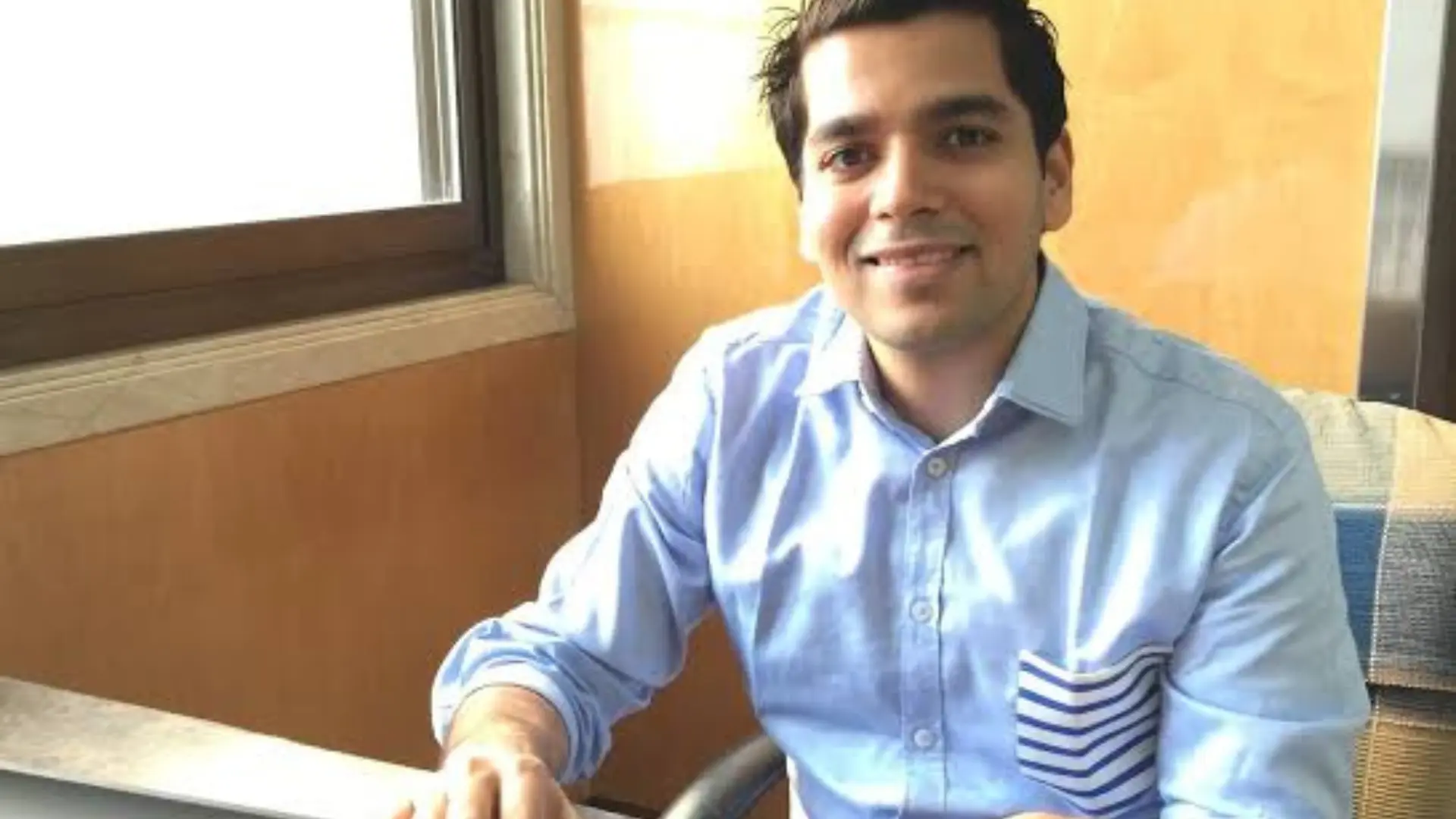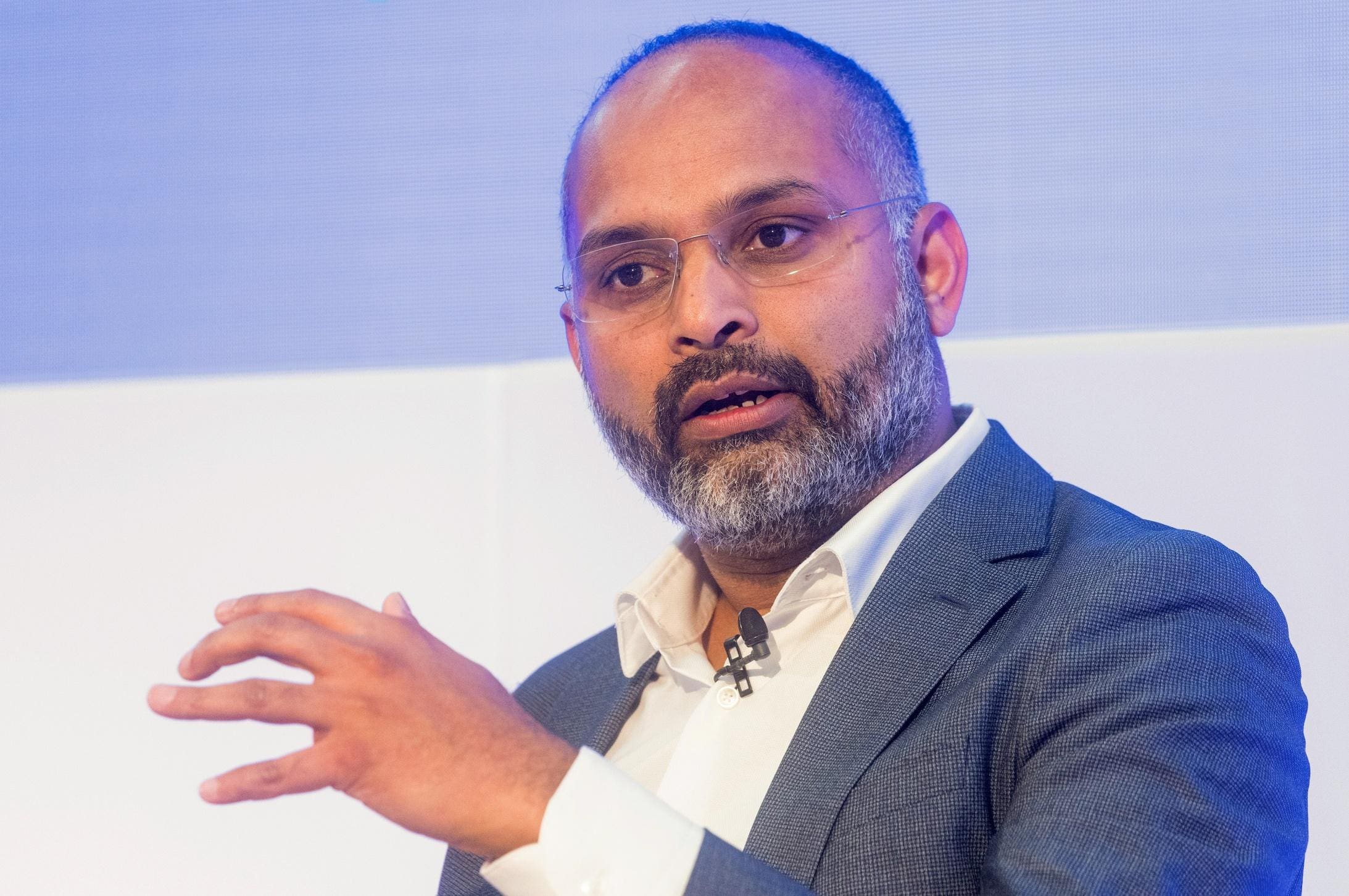The question Seed&Spark founder Emily Best often gets from indie filmmakers is this: “What the fuck is happening in distribution, and what are we supposed to do about it?”
“They weren’t even asking at this point, ‘How do I get distribution?’ said Best, who launched the indie film crowdfunding platform in 2012. “They were like, ‘Just tell me what to do and I’ll do it. If only I knew what are the tools and what are the things that I need.’”
Best described the situation as a “black box” for creators who felt stuck and powerless as to how they should navigate distribution, with a few companies acting as gatekeepers. She said more people kept entering that box: As distribution became more challenging for everyone, even established filmmakers were now asking questions.
So after years of calls, seminars, and panels at film festivals, Best assembled everything you need to know about distribution in one place: The Distribution Playbook.
The Distribution Playbook is a free resource that Seed&Spark created in collaboration with indie-film distributor and exhibition platform Kinema. It’s designed as a soup-to-nuts guide for questions as simple as “How do I get a publicist?,” “What does a budget look like?,” or “What the heck is AVOD,” through more detailed guides around social media marketing, crowdfunding, and self-distribution tactics.
“This will be valuable to to anyone getting started in film distribution, but it will also be valuable to the tens of thousands of creators who are going to have to put their own distribution strategies together,” said Best. said, adding that it’s all about making a resource that is creator-driven, not corporate-driven.
It’s intended as a creator-driven resource that will allow people to submit their own resources, case studies, and corrections. Best said the Playbook will be updated approximately every quarter and the intention is to add specific case studies. (Heads up, Mike Cheslik: She’d love to know exactly how your black-and-white film “Hundreds of Beavers,” made on a budget of $150,000, became a breakout.)

While the playbook is intended to empower filmmakers, it doesn’t coddle them. One of its first pages announces something that will make many feel uncomfortable: Your film may not make any money.
The playbook offers a colorful illustration of that concept: The aggregate cost of all narrative films submitted to Sundance in 2019 was about $2.29 billion. However, only 3 percent of that investment (total budgets of about $69 million) screened at the festival. A small chunk of those films found a buyer, and even fewer of those made a profit.
Christie Marchese, CEO and founder of Kinema, said she’s tried to evangelize her clients to be proactive about distribution with countless spreadsheets and PowerPoints. Like Best, she believes that filmmakers must be an active player in distribution strategy no matter how it’s released.
“It’s also for the people right now who thought Plan A was sell to Netflix, and that didn’t happen. Now they’re like ‘Shit, what do I do,’” Marchese said. “Hopefully, long term, it’s people looking to build a [distribution] budget [as] they’re just getting started on production. The way I look at it, it gives you autonomy and freedom to have this as part of your plan. Yes, of course, we all would love to sell the film for a big price point. But that’s not happening right now. So what are the other options? What’s a team you can build, and how do you put that into your budget ahead of time?”
The guide also highlights companies and platforms that filmmakers can use as resources. Some are self evident, like Neon and A24, but it also outlines smaller theatrical bookers as well as what it takes to do a direct-to-venue release (even Taylor Swift needed a little help to pull that off).

There’s also new technology platforms for short films, like Argo and Shortverse, as well as white-label companies like Shift72 and Muvi. The playbook also has a list of cruise ships, airlines, and hotels that may license your film.
It includes information about aggregators like FilmHub and Quiver that can earn money across AVOD platforms, and the names of key distribution strategists and consultant like Brian Newman (whose work recently appeared in IndieWire with 10 Rules Filmmakers Must Know for Getting Your Film Seen.)
The playbook also gives advice on audience acquisition, outlining the components of film marketing (and who you may want to hire) as well as the different forms of movie advertising and what they cost. Among those who lent their expertise to the guide are Dylan Marchetti of Variance Films, Wendy Cohen of Picture Motion, Dave Binegar, Head of TV at Jax Media, Mark Duplass of Duplass Brothers Productions, and Orly Ravid at The Film Collaborative.
“We try to focus on places where filmmakers have the agency to make the choice,” Best said. “You can certainly try to get on a platform, and sometimes you can do it yourself. But we really tried to focus on the things that are unobstructed by waiting to get picked and the things that you can control. You can’t control getting picked by a distributor, but you can do all these things that would set you up really well if that’s the path that you wanted to take.”
The Distribution Playbook grew out of Seed&Spark workshops, “Distribution Down Low,” which Best presented at multiple conferences and film festivals. She said even got the sign of approval from filmmaker Jeff Nichols, who left saying that even he learned something from it.
Over the last five months, Kinema’s team worked on making the website more encyclopedic. Best and Marchese said that while Seed&Spark and Kinema sponsor the guide, they didn’t want to write a book: Anything that would demand printing and publication would be out of date within 6 months of its publication. And most filmmakers don’t have time to wait for the next Sundance to see if their film is one of the lucky 3 percent; they need a plan now.
“The only way that we’re gonna get to the next phase of actually a creator-driven industry, in a time where now the Internet has actually made all the tools available to us to do the things we need to do, is to not gatekeep,” Best said. “The gatekeepers did their gatekeeper thing and they fucked up the entire industry. So let’s try another way, which is to not gatekeep and to cultivate a culture of plenty in distribution and see what that does for us.”




